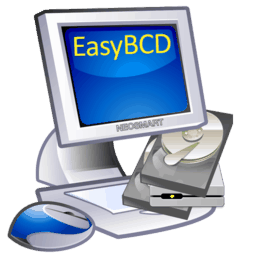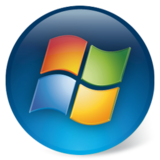You don’t have an OC-48 or even T3 in your home. It takes you 24 hours+ to download the latest DVD image of Ubuntu or Windows Vista. Or maybe it “only” takes you 12 hours+. Either way, you’ve just finished your download to realize that its corrupt: the crc32 and md5 hashes just don’t add up. You burn it any way, only to find that it crashes randomly at some point of the install – or if you’re really unlucky, once it boots and seems to be working fine.
It’ll take you an entire extra day (and night) to re-download that copy.. and this time you’ll want to make doubly-sure you don’t disconnect in the middle or hit the power-switch by accident. Then you stumble upon this article, and realize you’ve been going about this the wrong way. Because the answer isn’t to download it again, but to only download the parts that are corrupt, the parts that you need – and nothing more.


 Stop the emails already! EasyBCD 1.6 is nearly finished, and the
Stop the emails already! EasyBCD 1.6 is nearly finished, and the  Microsoft has just released the public downloads for
Microsoft has just released the public downloads for  NeoSmart Technologies is hiring once again! This time, we’re looking for bloggers/posters – nothing mind boggling nor anything too difficult: we have another (non-profit) project for the community we’d like to get kicked off, and with our current resources and staff tied-up beyond belief with their current workload (working hard to get you the software, support, and research at the quality levels you’ve come to expect from us!), we’re happy to announce our first open blogging position in years!
NeoSmart Technologies is hiring once again! This time, we’re looking for bloggers/posters – nothing mind boggling nor anything too difficult: we have another (non-profit) project for the community we’d like to get kicked off, and with our current resources and staff tied-up beyond belief with their current workload (working hard to get you the software, support, and research at the quality levels you’ve come to expect from us!), we’re happy to announce our first open blogging position in years!